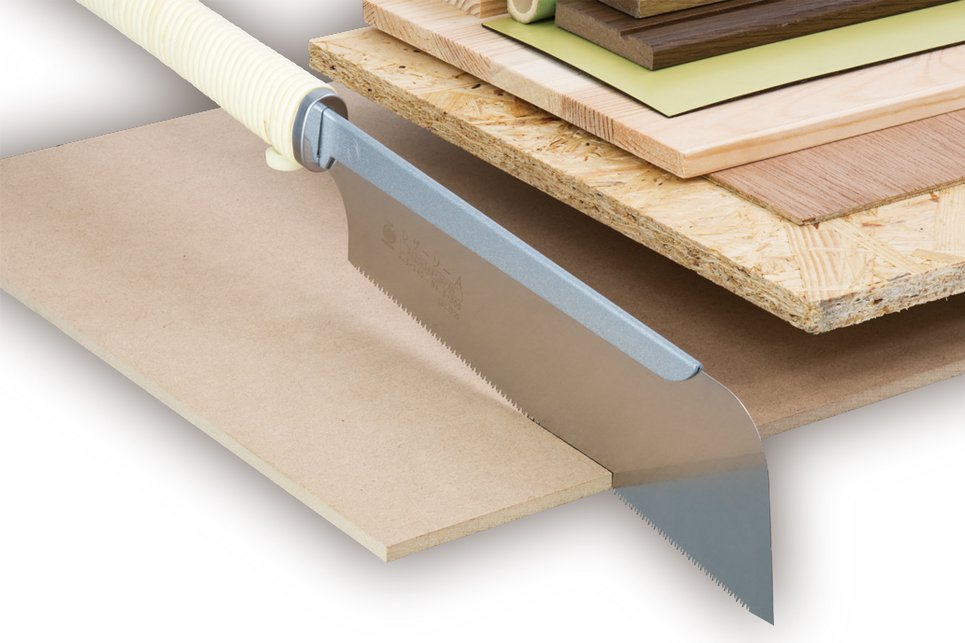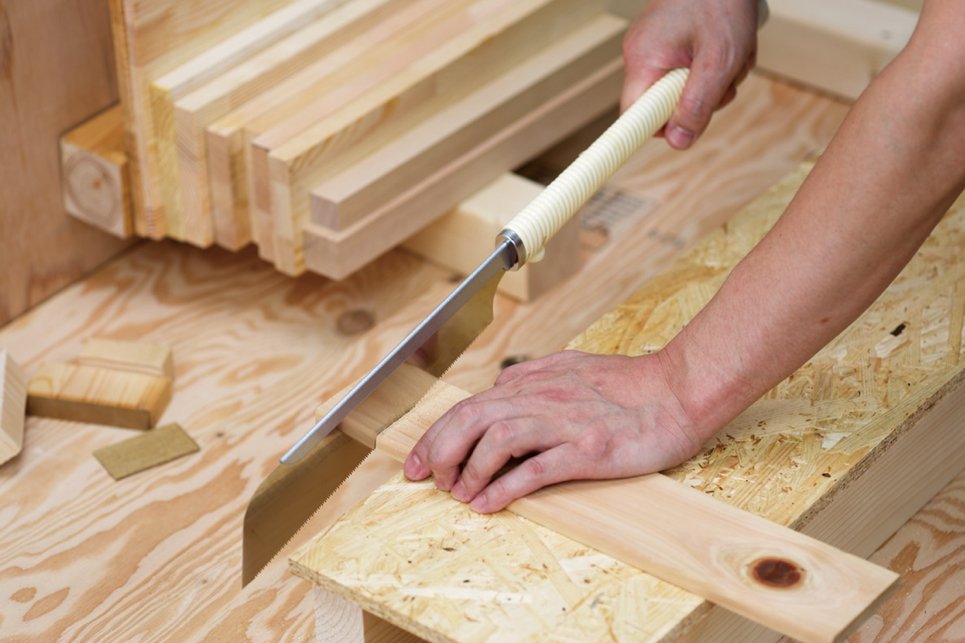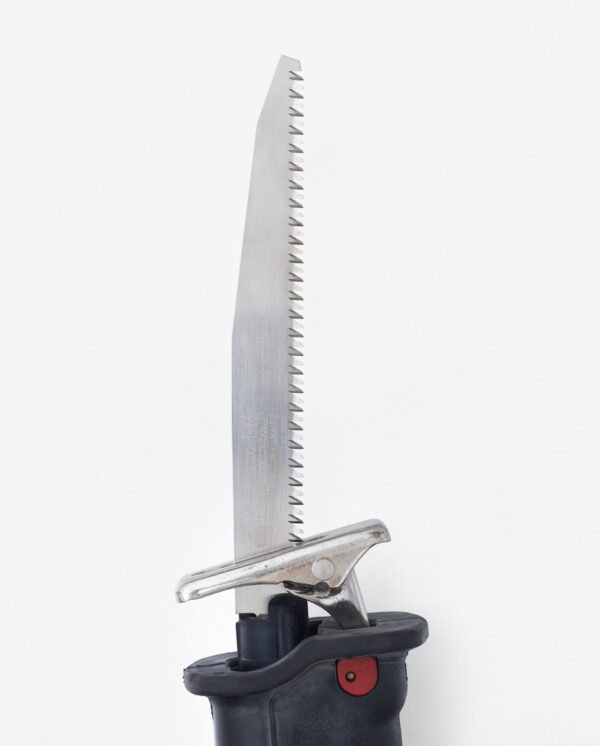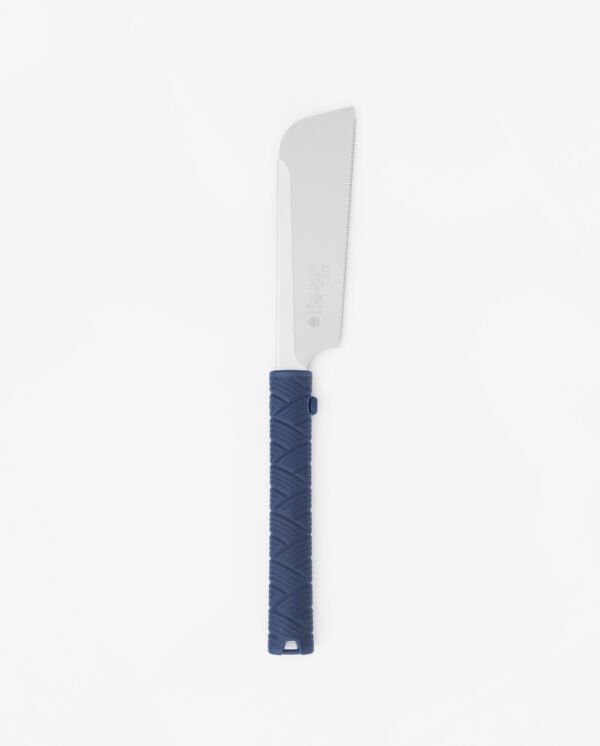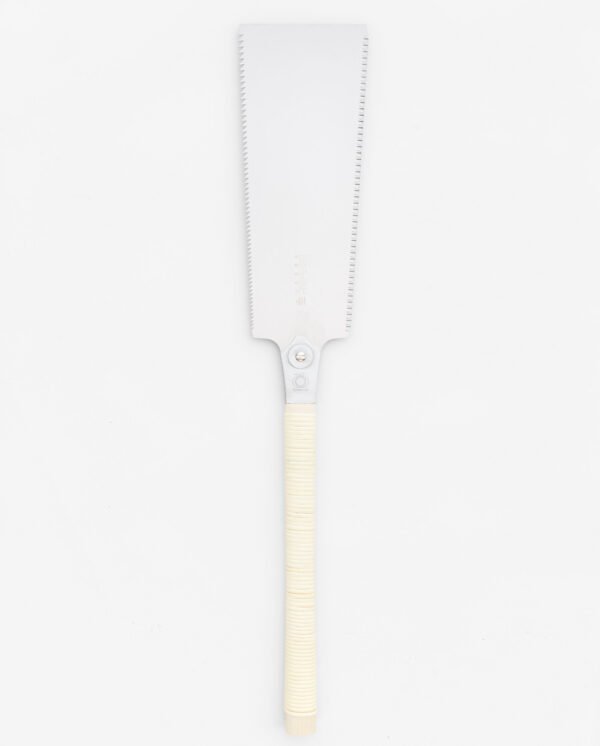Description
What’s Special About the Gyokucho Dozuki A 240 mm [300] Japanese Saw?
- The teeth are slightly larger than those on saws in the traditional Dozuki series. This makes it more versatile and suitable for a wider range of materials, including wood, MDF, plywood, and OSB.
- One of the thinnest and most precise Japanese saws available. (Blades 0.3 mm thick or less require a spine for rigidity, even for Japanese saws).
- Best suited for cutting fine joinery, thin stock, and model making.
- Teeth are filed for cross-cutting.
- The spine limits the depth of cut. The maximum thickness through cuts is about 40 mm. For deeper cuts: consider the Dozuki Wide or saws from the Kataba or Ryoba series.
- Traditional rattan-wrapped wooden handle. It looks authentic from a distance, and its comfort is unmatched by rubber or plastic grips.
Dozuki [300] Specifications:
- Overall Length: 600 mm
- Blade Length: 240 mm
- Blade Thickness: 0.3 mm
- Kerf: 0.5 mm
- Tooth Spacing (Pitch): 1.5 mm
- Weight: 240 g
About Traditional Japanese Saws:
Unlike Western saws, Japanese saws cut on the pull stroke. Why?
There are many opinions, but no one seems to know for sure. Let’s assume it evolved historically, opposite to the Western world.
As a side effect (or perhaps the reason), the blade of a Japanese saw is significantly thinner. This difference leads to several interesting aspects in hand saw use:
- During the pull stroke, resistance tensions the blade like a taut string. Attempting to push such a thin blade would cause it to buckle immediately.
- Thinner blade = less sawdust (less wasted energy).
- Long handle is ideal for pull-stroke sawing. As a bonus, you can grip the saw with both hands for quicker work and divides the effort, helping you saw longer without tiring. Sometimes, even for rougher cuts, it’s not worth picking up an electric saw due to the setup time, need for safety gear, higher risk of errors, and noise.
- Another side effect, noticeable after the first cut, is attachment. It’s very difficult to go back to another type of saw after using a genuine Japanese Noko Giri.
About Gyokucho Saws:
Gyokucho (Razorsaw) is credited as the manufacturer that modernized the Japanese saw. Widely distributed throughout Japan (and the world), they are highly regarded by professionals. All production takes place at the Gyokucho factory in Ono City, Japan.
In the old days, Japanese saws were forged in blacksmith workshops, entirely by hand, and were very delicate tools. One needed to know how to sharpen them with a hand file; the fine teeth were prone to breaking. Sawyers had to be experienced craftsmen. Thus, the Japanese saw was not an easily accessible tool.
Gyokucho brought this ingenious and refined tool into the new age. In 1969, they pioneered the replaceable blade system and mechanized blade production, simultaneously introducing impulse hardening (using electric current) for the teeth.
The result is a Japanese saw almost unchanged from the traditional form but significantly more accessible and suitable even for beginners:
- Easily disassembled. The blade can be replaced with a new one once it dulls.
- Impulse-hardened teeth (66-70 HRC) stay sharp for a very long time, incomparably longer than traditional blades.
- Teeth hardened this way are less prone to breaking (though they can still break if you really try).
- The blade is coated with a thin layer of nickel, making the saw more resistant to rust.
- Lower price for a professional tool that will serve you for many years.



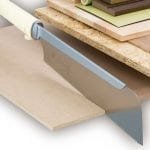
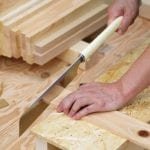
![gyokucho_dozuki_a_240_mm_300_0745 Gyokucho Dozuki A 240 mm [300]](https://staliaus.eu/wp-content/uploads/sites/5/2020/01/gyokucho_dozuki_a_240_mm_300_0745.jpg)
